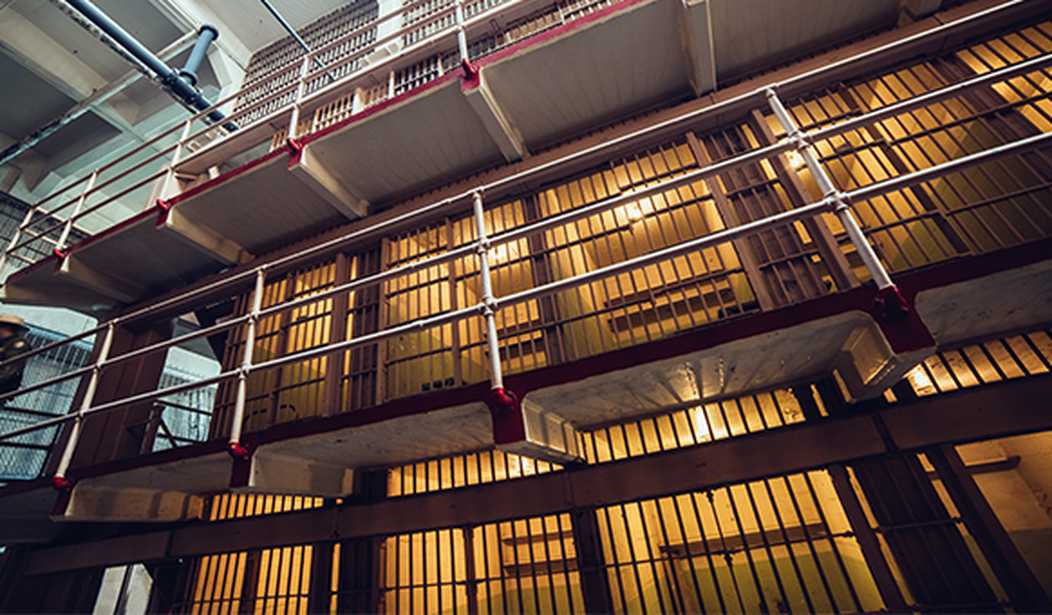More than two years ago, the new bail reform law in New York went into effect and the results have been obvious to pretty much everyone who lives in the Big Apple. The law was ostensibly designed to “combat racism” and focus on “rehabilitation over incarceration.” The law’s proponents claimed that most criminals are simply misunderstood and lacking in opportunities. Given the proper motivation and a chance at a fresh start, most of them would happily take up nine-to-five jobs and turn their backs on gang activity and lives of crime. But the latest NYPD crime statistics report shows us how that actually worked out. The law basically alerted criminals that the door to the candy store was unlocked and they were free to ramp up their criminal business model with abandon. Recidivism rates in Gotham are as much as three times greater for some categories of crime than they were before the law took effect. Even worse, those who were previously convicted of a misdemeanor are now far more likely to up their game and be charged with a felony. And the police are long past the point of being sick and tired of it all. (NY Post)
Roughly one in every five crooks busted for burglary or theft in New York last year got re-arrested on a felony charge within 60 days after being put back on the streets, NYPD figures obtained by The Post show.
The alarming statistics reveal increases in alleged recidivism as high as three times what they were in 2017 — before New York’s controversial bail-reform law took effect in 2020.
“We went from a revolving-door justice system to an E-ZPass system,” fumed one frustrated Manhattan cop.
The numbers also show that suspects arrested last year for misdemeanor petit larceny amid the city’s ongoing shoplifting spree went on to quickly commit more serious crimes, with 21.6% charged with felonies less than two months later.
How these numbers are not attracting the attention of lawmakers and moving them toward repealing this law is a mystery. More than one in five criminals who were first charged with shoplifting or mass looting went on to be charged with a felony. In 2017, just 8.5% of shoplifters were later charged with felonies.
The same pattern was seen in burglaries. Nearly one-quarter of burglary suspects were re-arrested within 60 days. In 2017 that number was 7%. Those charged with automobile theft who went on to be charged again less than six months later more than doubled.
Under the new law, the only people who are charged with burglary or robbery who are eligible to be held on bail are those who use a deadly weapon or commit assault on the victim. All others are “ROR’d” or “released on recognizance.”
All of this was predictable and in fact, was predicted by the police unions when the law was originally being debated. Nothing in this new system provides any substantial incentive for criminals to abandon their habits and turn over a new leaf. The real-world effect was the exact opposite. There is no disincentive to commit crimes since there is no substantial negative outcome for the criminal. Why would you bother working for a living when you can just steal whatever you want, safe in the knowledge that you will be released almost immediately if you do happen to get caught?
Criminals have largely lost their fear of the police almost entirely. One classic example showed up last week when an armed suspect robbed an off-duty police officer. After being informed that his victim was a cop, rather than thinking better of it, the robber took the officer’s service pistol and his police ID.
One Criminal Justice professor from the city is quoted as saying, “There used to be a cooling off period where someone was arrested and held. The bad guys are literally beating the arresting officers back to the neighborhood. People who are up to no good can’t believe their good fortune.” And yet there has been no significant movement toward repealing the bail reform law. High recidivism rates are apparently just the “new normal” in New York City. Is it any wonder so many people are fleeing?








Join the conversation as a VIP Member